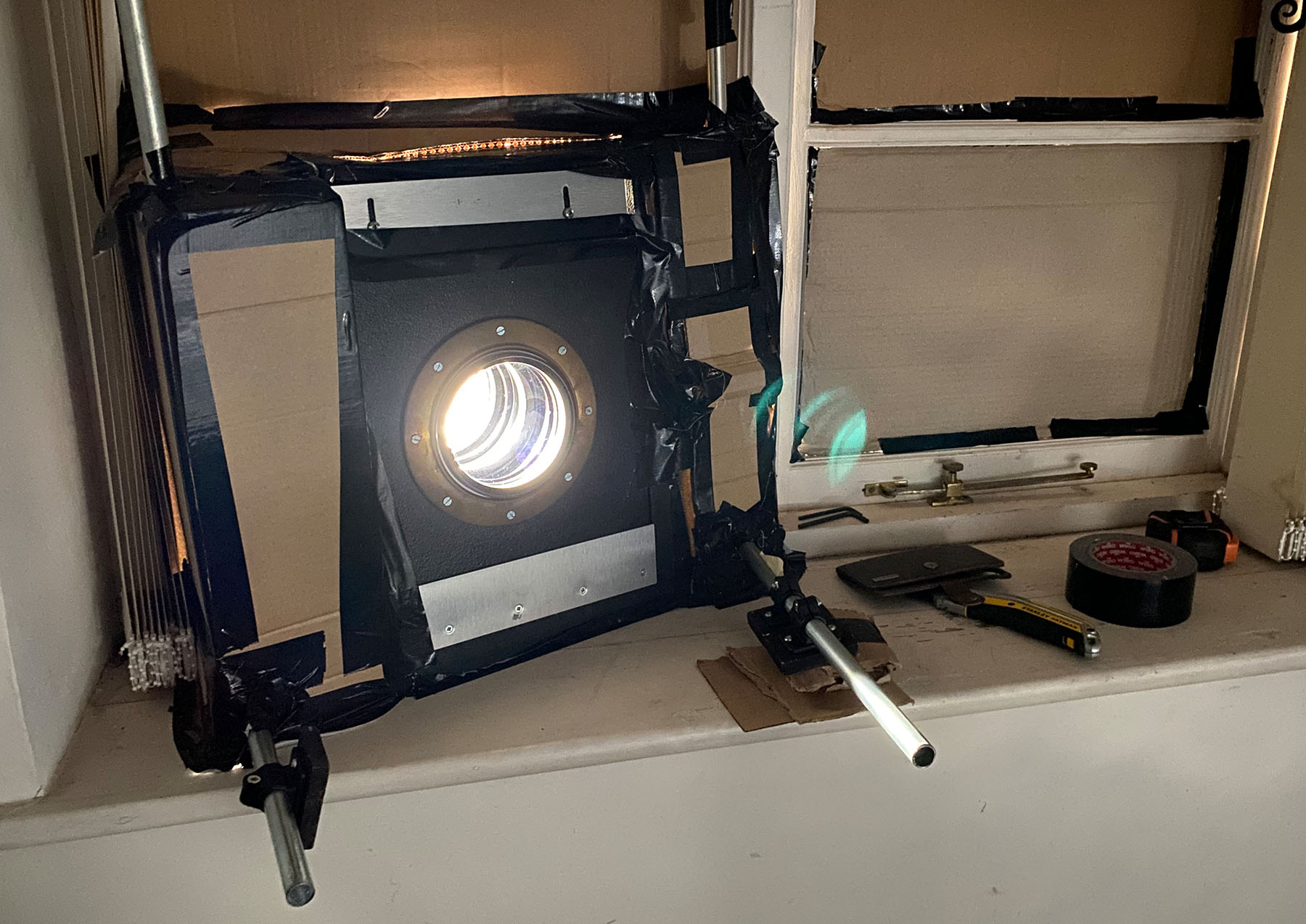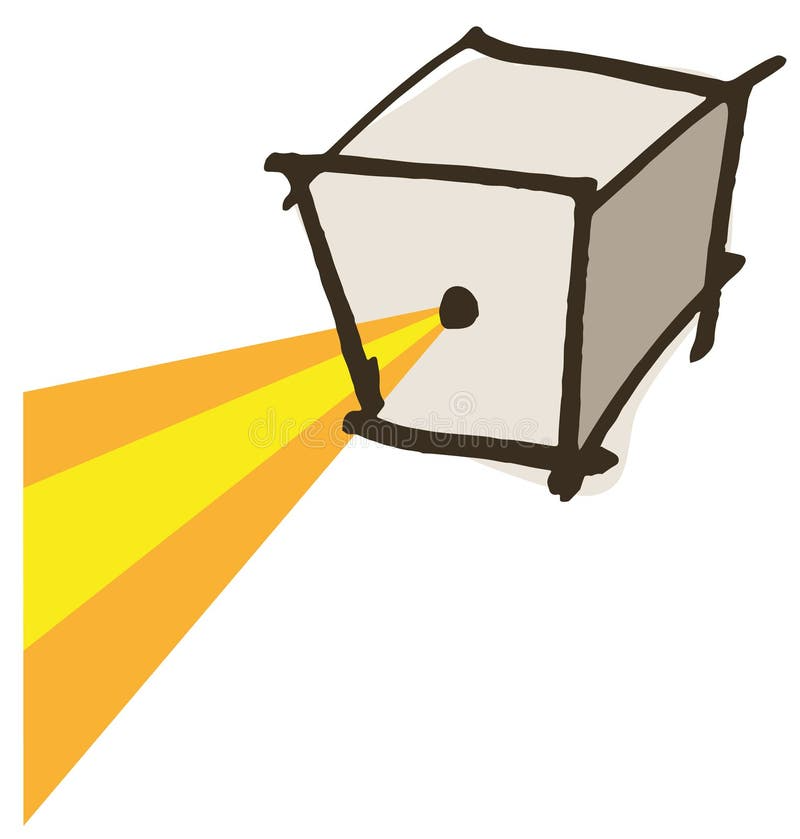The camera obscura is a fascinating device that has played a significant role in the history of imaging and photography. It is a darkened chamber or room with a small hole or lens at one side, through which light from external scenes passes and strikes a surface inside to present a reversed and inverted image. This phenomenon has captivated thinkers, artists, and photographers for centuries, leading to the development of modern photographic technology. Let’s delve into the world of the camera obscura and uncover its mysteries.
The Origins and Evolution of the Camera Obscura
Ancient Beginnings and Philosophical Foundations
The concept of the camera obscura dates back to ancient times, with discussions of the basic optical principles appearing in Chinese texts and the writings of Aristotle. The term itself, originating from Latin, translates to “dark chamber,” which aptly describes the device’s structure. Its evolution traces through the works of scholars like Alhazen, who thoroughly examined optical phenomena in the 11th century, to Renaissance artists who used it as an aid for accurate drawing and painting.
Technological Advancements and Artistic Applications
Over the centuries, the camera obscura evolved from a room-sized apparatus to a portable box that artists could easily carry. Innovations included the addition of lenses to focus the light better and mirrors to correct the orientation of the image. This allowed for finer detail and greater convenience, making it a popular tool among painters seeking a more realistic representation of their subjects.
Understanding the Camera Obscura Principle
The Physics Behind the Magic
The camera obscura operates on simple optical principles. When light rays from an external scene pass through a small hole into a dark space, they do not scatter but cross and reform as an upside-down image on the opposite wall. This occurs because light travels in straight lines, and when the rays converge through a confined space, they maintain their trajectory but invert the visual representation.
Replicating the Effect
Creating a camera obscura can be a fun and educational DIY project. You can transform any room into a camera obscura by covering the windows to block out light and cutting a small hole in the material covering one window. The scene outside will be projected onto the walls inside the room, allowing you to experience the ancient magic of imaging firsthand.
The Camera Obscura’s Impact on Modern Photography
From Observation to Image Capture
The camera obscura laid the foundation for photographic technology. The ability to project real-life images inspired inventors to find ways to capture and preserve them. This pursuit led to the discovery of photosensitive materials and ultimately to the creation of the first photographs in the 19th century by pioneers like Nicéphore Niépce and Louis Daguerre.
Legacy and Contemporary Relevance
Even today, the camera obscura remains relevant. Photography students often begin their education by learning about this device to understand the roots of their craft. Moreover, some modern artists and photographers still use it to create unique images, exploring the interplay between light, perception, and time.
In conclusion, the camera obscura is much more than an antiquated optical device; it is the cornerstone upon which the edifice of photography stands. Its simple yet profound ability to harness light and project an image has not only inspired artists and scientists but has also paved the way for the cameras that now fill our pockets and document our lives.
